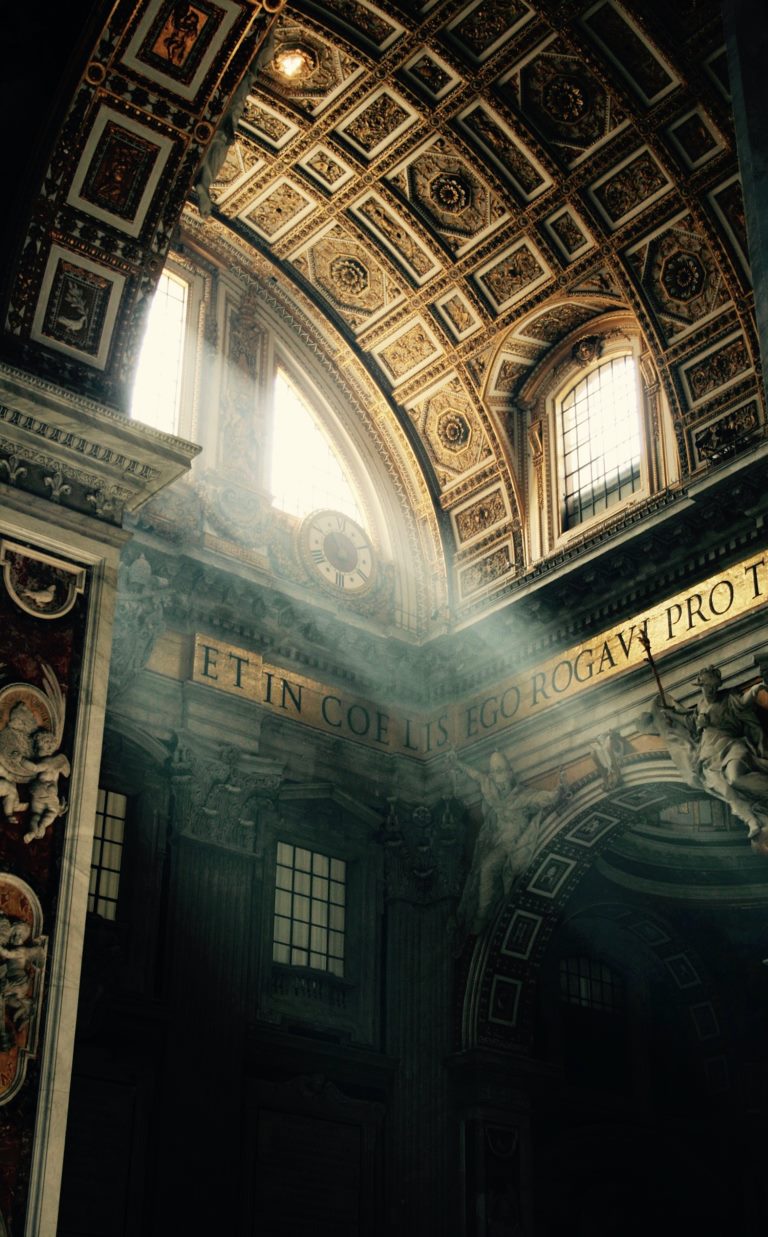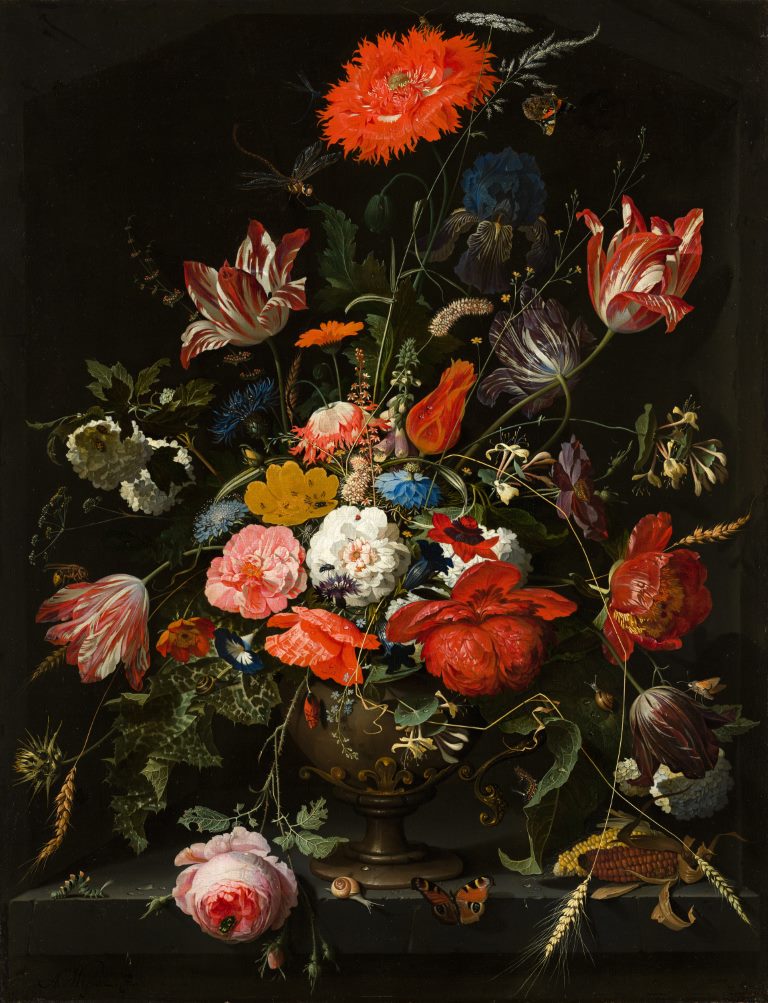How to Plan Your Rome 3 Full Day Attraction Tours with Skip the Line Tickets
Rome is a timeless city famous for its colossal architecture, expansive art collections, and cultural heritage. With so many attractions to discover, it can be overwhelming to create an itinerary that fits everything in. However, with this hassle-free 3 Full Day Attraction tour, you can experience the best of Rome in three days!Experience
This three-day private sightseeing and historical tour is designed with you in mind! You will have a knowledgeable guide and a private car for the duration of your trip. The tour package includes skip-the-line tickets, which allows you to bypass long lines at the Vatican museums, Sistine Chapel, Colosseum, Roman Forum, and other venues.Highlights
The tour highlights include three full days of sightseeing, visit Roman landmarks of your choice, and enjoy the optional semi-private tour of the Appian Way and Catacombs.Day 1:
You will be picked up directly from your hotel in Rome by a private driver to maximize your time. On the first day, you will explore the city’s most stunning landmarks and hidden gems. Start your adventure by experiencing the grandeur of Piazza del Popolo, the Eternal City’s northern gateway. Then, explore some of Rome’s most charming squares, such as the Spanish Steps, Piazza Navona, and Santa Maria Della Pace. The Trevi Fountain is the next attraction you will visit. This magnificent Baroque masterpiece is one of Rome’s most popular attractions, often featured in movies and photographs. The Tiber River, one of the city’s most important landmarks, flows through the heart of Rome, providing an excellent backdrop for a photo. You will also walk through the beautiful Pantheon, a former Roman temple and one of the city’s most impressive architectural wonders. Afterward, the tour guide will take you to Emperor Hadrian’s Mausoleum, where you will enjoy breathtaking 360-degree views of Rome. Then, you will cross over the legendary Ponte Sant’Angelo to Castello Sant’Angelo, where you can soak in the stunning views of the city.Day 2:
On the second day, you will visit the Vatican. The guide will take you to the Vatican Museums, which contains renowned art collections and museums that attract millions of visitors every year. The guide will lead you to the Sistine Chapel, one of the world’s most famous masterpieces. Finally, you will visit St. Peter’s Basilica and Square.Day 3:
On the third day, the tour guide will take you to the Colosseum and Roman Forum, where you will experience the archaeological wonders of ancient Rome. You will then have an optional semi-private tour of the Appian Way and Catacombs. Explore the ancient underground burial chambers and learn about the intriguing history of the crypts. The tour concludes with a visit to the Baths of Caracalla and the Castel St Angelo.Full description
The package includes skip-the-line private tours of the Vatican and Colosseum, a semi-private tour of the Appian Way and Catacombs, and private tours of the Baths of Caracalla and Castel St Angelo. On the first day, the tour guide will take you on a scenic stroll to showcase some of Rome’s top attractions, providing you with an insider’s view of the city. On the second day, skip the line at the Vatican Museums to get a glimpse at the world’s most famous art collections before moving on to the Sistine Chapel and St. Peter’s Basilica. On the third day, experience the Roman Forum and immerse yourself in the history of ancient Rome. Learn about the brutal gladiatorial contests that took place at the Colosseum, then have an optional semi-private tour of the eerie catacombs, which provide insight into Rome’s fascinating history. Private tours of the Baths of Caracalla and Castel St Angelo are also included in the package.Booking
To book your Rome 3 Full Day Attraction Tours with Skip the Line Tickets, visit the tour page and book here: book the tour here. Make sure to book the tour in advance to secure your spot and avoid disappointment. This tour is an incredible way to see Rome’s most famous attractions and hidden gems without worrying about long lines or navigating the city’s busy streets.
Frequently Asked Questions about Rome
1. What is Rome like?
Rome is a beautiful city filled with ancient architecture, delicious food, and a thriving cultural scene. It’s known as the Eternal City because it has been inhabited for over 2,500 years, and its rich history is evident throughout the city. The city is also known for its bustling street life, lively nightlife, and vibrant atmosphere.
2. What is the population of Rome?
The population of Rome is around 2.8 million people, making it the most populous city in Italy. The city covers an area of 1,285 km², and is the 11th most populous urban area in the European Union.
3. What are the top tourist attractions in Rome?
Rome has countless tourist attractions, but some of the most popular ones include the Colosseum, the Pantheon, the Roman Forum, the Vatican City, the Trevi Fountain, and the Spanish Steps. These are all must-see destinations if you’re visiting Rome.
4. What is the best way to get around Rome?
The best way to navigate Rome is by walking, as it’s a very pedestrian-friendly city. You can also take the metro, buses, trams or taxis to get around. However, be aware that traffic can be heavy in certain areas, especially during rush hour.
5. What is the climate like in Rome?
Rome has a Mediterranean climate, meaning it has mild winters and hot summers. The average temperature in winter is around 10°C, while in summer it can rise to 30°C or higher. The best time to visit Rome is in the spring or fall, when the weather is mild and the crowds are smaller.
6. What is the food like in Rome?
Roman cuisine is known for its simplicity and use of fresh, locally-sourced ingredients. Some must-try dishes in Rome include pasta amatriciana, carbonara, cacio e pepe, and supplì. There are also many fantastic gelato shops throughout the city, which is a must-try when you’re in Rome.
7. Is Rome safe to travel to?
Rome is generally a safe city to travel to, but it’s always a good idea to be vigilant and take precautions to avoid pickpocketing and petty theft. Be especially careful in crowded areas, such as train stations and tourist attractions. It’s also important to stay aware of your surroundings and avoid walking alone in unfamiliar areas at night.
8. What is the currency used in Rome?
The currency used in Rome is the Euro. Most businesses, including restaurants, shops and hotels, accept credit and debit cards. However, it’s a good idea to carry some cash with you for small purchases and for tipping.
9. What languages are spoken in Rome?
The official language of Italy is Italian, which is the most commonly spoken language in Rome. English is also widely spoken, especially in tourist areas.
10. What are some lesser-known attractions in Rome?
While Rome is full of incredible tourist attractions, there are also many lesser-known gems to discover. Some of these include the Appian Way, the Aventine Keyhole, the Orange Garden at Aventine Hill, the Jewish Ghetto, and the Protestant Cemetery. Exploring these hidden gems can be a great way to experience a different side of Rome.
Book Your Tour Now
Visiting Rome can be an incredible experience filled with history, culture, and delicious food. While there are many popular destinations to visit, there are also many lesser-known gems to discover. With careful planning and preparation, you can make the most of your visit to this incredible city.

How to Spend Your Time as a Tourist in Rome
Rome is a city that boasts thousands of years of history, art, and culture. As a tourist, it can be challenging to decide how to spend your time in such a vibrant and bustling city. This guide will provide you with a step-by-step itinerary for the ultimate Rome experience.Day 1: Explore Ancient Rome
The first day of your Rome adventure should be dedicated to exploring the ancient ruins that lie at the heart of the city.1. Start at the Colosseum
The Colosseum is an iconic symbol of ancient Rome and a must-visit for any tourist. Built-in 80 AD, the Colosseum was used for gladiatorial contests and public spectacles, and it remains incredibly well-preserved.2. The Roman Forum
Located just a short walk from the Colosseum, the Roman Forum was the center of political and social life in ancient Rome. It includes a series of ruins, including the Temple of Julius Caesar, the Curia Julia, and the Arch of Titus.3. Palatine Hill
Close to the Roman Forum, Palatine Hill is one of the seven hills of Rome and is the most famous of them all. The Palatine Hill was once the heart of the Roman Republic and is now home to many ancient ruins, including the Palace of Domitian and the House of Augustus.Day 2: Discover Rome’s Artistic Treasures
Rome is known for being an artistic hub and is home to some of the most famous artworks in the world. On the second day of your trip, you should explore some of the city’s artistic treasures.1. Vatican Museums & Sistine Chapel
The Vatican Museums house one of the largest collections of art in the world, including ancient Roman sculptures, Renaissance paintings, and Egyptian artifacts. The Sistine Chapel, painted by Michelangelo, is one of the most famous works in the museum and is a must-see.2. St. Peter’s Basilica
Located in Vatican City, St. Peter’s Basilica is one of the largest churches in the world and is home to some of the most beautiful and intricate artworks ever created. Highlights include Michelangelo’s Pieta and Bernini’s Baldacchino.Day 3: Relax and Explore Rome’s Streets and Piazzas
After two busy days of exploring ancient and artistic Rome, you deserve a break. On the third day, take it easy and explore some of Rome’s streets and piazzas.1. Spanish Steps
The Spanish Steps, located in the Piazza di Spagna, are one of the most famous landmarks in Rome. These 138 steps connect the Piazza di Spagna with the Trinità dei Monti church at the top of the hill.2. Trevi Fountain
The Trevi Fountain is a stunning Baroque masterpiece that attracts millions of visitors every year. Visitors can toss a coin into the fountain to ensure their return to Rome.3. Campo de’ Fiori
The Campo de’ Fiori is a vibrant piazza located in the heart of Rome. Visitors can wander through the market, try some street food, and enjoy the lively atmosphere.Day 4: Discover Hidden Gems and Local Neighborhoods
On your final day in Rome, venture out of the city’s well-trodden tourist paths and discover some hidden gems and local neighborhoods.1. Trastevere
Located just across the Tiber River, Trastevere is a charming, bohemian neighborhood that offers a glimpse into local Roman life. Take a stroll through the cobbled streets and explore the neighborhood’s hidden squares and alleys.2. Appian Way
The Appian Way was one of the most important roads in ancient Rome and is now a peaceful and scenic area to explore. Rent a bike and cycle along the road, stopping at ancient ruins and catacombs along the way.3. Aventine Hill
Aventine Hill is one of the seven hills of Rome and offers stunning panoramic views of the city. Make sure to visit the secret keyhole of Rome, located on the Piazza dei Cavalieri di Malta, for a unique view of St. Peter’s Basilica.Final Words
Rome is an incredible city with so much to offer visitors. Follow this itinerary to experience the city’s highlights and hidden gems, and don’t forget to explore on your own as well. Make sure to take in the city’s delicious food, wine, and gelato as well, for a truly authentic Roman experience.Table of Contents

